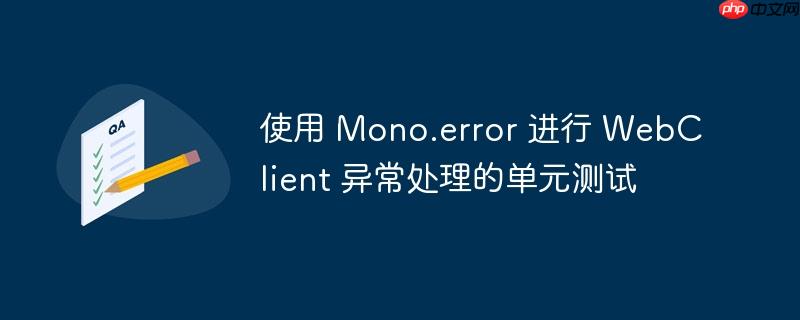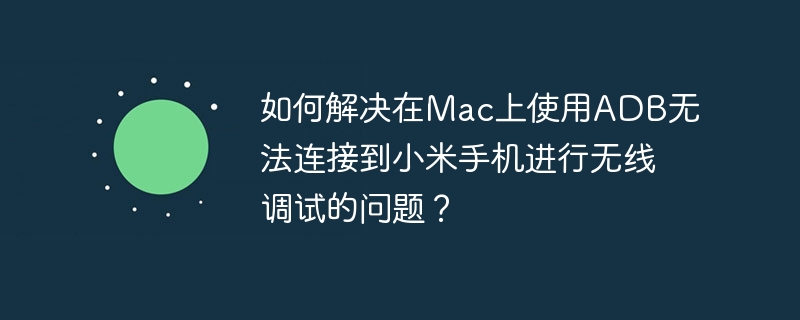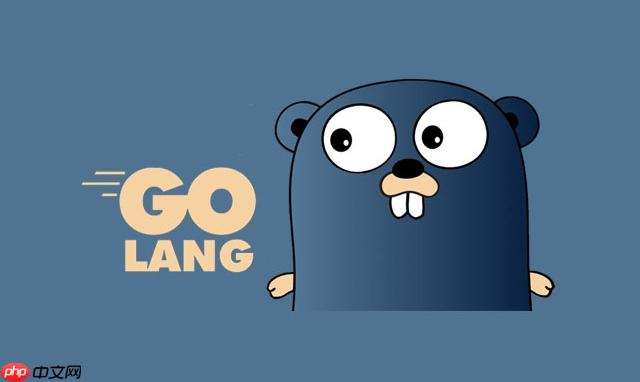
在使用 WebClient 进行异步 http 请求时,doOnError 方法用于处理请求过程中可能发生的异常。为了保证代码的健壮性,我们需要对 doOnError 中的逻辑进行单元测试。一个常见的错误是在单元测试中直接 thenThrow 一个异常,这可能导致 doOnError 无法被触发,从而无法验证异常处理的正确性。
问题描述
假设我们有以下代码,使用 WebClient 发送请求,并在 doOnError 中处理 WebClientResponseException:
public String getResponse(String requestBody) { WebClient client = WebClient.create(); // 简化,实际应从外部注入 String resp = client.post() .uri("https://example.com/api") .body(BodyInserters.fromValue(requestBody)) .retrieve() .bodyToMono(String.class) .doOnError( WebClientResponseException.class, err -> { // do something, 例如将 WebClientResponseException 转换为自定义异常 throw new InvalidRequestException(err.getResponseBodyAsString()); }) .block(); return resp; }
我们希望编写单元测试来验证当 WebClient 返回错误时,doOnError 中的 InvalidRequestException 能够被正确抛出。
错误的单元测试示例
以下是一个可能错误的单元测试示例:
@Test void testGetResponse_Error() { WebClient webClientMock = Mockito.mock(WebClient.class); WebClient.RequestBodyUriSpec requestBodyUriMock = Mockito.mock(WebClient.RequestBodyUriSpec.class); WebClient.RequestHeadersSpec requestHeadersMock = Mockito.mock(WebClient.RequestHeadersSpec.class); WebClient.ResponseSpec responseMock = Mockito.mock(WebClient.ResponseSpec.class); String requestBody = "test request"; String expectedMessage = "Bad Request Body"; int expectedCode = 400; WebClientResponseException thrownException = new WebClientResponseException(expectedCode, "Bad Request", null, expectedMessage.getBytes(), null); Mockito.when(webClientMock.post()).thenReturn(requestBodyUriMock); Mockito.when(requestBodyUriMock.uri(Mockito.anyString())).thenReturn(requestBodyUriMock); // 增加 uri 的 mock Mockito.when(requestBodyUriMock.body(Mockito.any())).thenReturn(requestHeadersMock); Mockito.when(requestHeadersMock.retrieve()).thenReturn(responseMock); // 错误的做法:直接 thenThrow 异常 Mockito.when(responseMock.bodyToMono(String.class)).thenThrow(thrownException); SomeService someServiceSpy = new SomeService(webClientMock); // 假设 SomeService 包含 getResponse 方法 try { someServiceSpy.getResponse(requestBody); fail("Expected InvalidRequestException to be thrown"); } catch (InvalidRequestException e) { assertEquals(expectedCode, e.getRawStatusCode()); assertEquals(expectedMessage, e.getMessage()); } }
在这个测试中,我们使用 thenThrow 直接抛出 WebClientResponseException。然而,这并不能保证 doOnError 中的逻辑被执行。
正确的单元测试方法
正确的做法是使用 Mono.error 来模拟 WebClient 抛出的异常。Mono.error 会创建一个包含错误信息的 Mono,当订阅者尝试获取 Mono 中的数据时,错误会被传播,从而触发 doOnError。
以下是修改后的单元测试:
@Test void testGetResponse_Error() { WebClient webClientMock = Mockito.mock(WebClient.class); WebClient.RequestBodyUriSpec requestBodyUriMock = Mockito.mock(WebClient.RequestBodyUriSpec.class); WebClient.RequestHeadersSpec requestHeadersMock = Mockito.mock(WebClient.RequestHeadersSpec.class); WebClient.ResponseSpec responseMock = Mockito.mock(WebClient.ResponseSpec.class); String requestBody = "test request"; String expectedMessage = "Bad Request Body"; int expectedCode = 400; WebClientResponseException thrownException = new WebClientResponseException(expectedCode, "Bad Request", null, expectedMessage.getBytes(), null); Mockito.when(webClientMock.post()).thenReturn(requestBodyUriMock); Mockito.when(requestBodyUriMock.uri(Mockito.anyString())).thenReturn(requestBodyUriMock); // 增加 uri 的 mock Mockito.when(requestBodyUriMock.body(Mockito.any())).thenReturn(requestHeadersMock); Mockito.when(requestHeadersMock.retrieve()).thenReturn(responseMock); // 正确的做法:使用 Mono.error 模拟异常 Mockito.when(responseMock.bodyToMono(String.class)).thenReturn(Mono.error(thrownException)); SomeService someServiceSpy = new SomeService(webClientMock); // 假设 SomeService 包含 getResponse 方法 try { someServiceSpy.getResponse(requestBody); fail("Expected InvalidRequestException to be thrown"); } catch (InvalidRequestException e) { assertEquals(expectedCode, e.getRawStatusCode()); assertEquals(expectedMessage, e.getMessage()); } }
通过使用 Mono.error(thrownException),我们确保了当 bodyToMono 尝试获取数据时,thrownException 会被传播,从而触发 doOnError 中的异常处理逻辑。
总结
在对使用 WebClient 的 doOnError 方法进行单元测试时,务必使用 Mono.error 来模拟异常,以确保 doOnError 中的逻辑能够被正确执行。这可以有效地验证异常处理的正确性,提高代码的健壮性。此外,确保 mock 的完整性,例如 uri 的 mock,可以避免一些潜在的错误。



















